December 15, 2022
Today on Microsoft Flight Simulator, I’m at Homey Airport (KXTA), aka Groom Lake, aka Area 51.
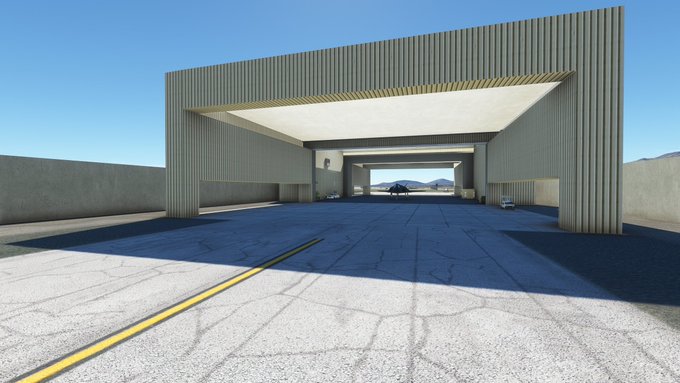
I’ve come here, to the remote Nevada desert, to fly one of the most iconic top secret aircraft of all time: the F-117 Nighthawk, commonly called the Stealth Fighter.
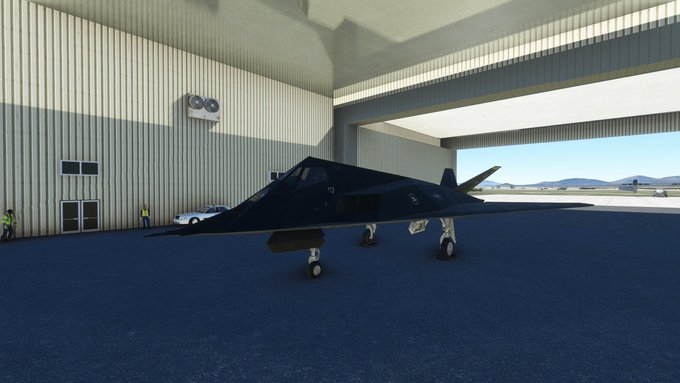
The story of the F-117 begins in 1964, when the Soviet mathematician Pyotr Ufimtsev published a paper titled “Method of Edge Waves in the Physical Theory of Diffraction”. It demonstrated that the radar return from an object depended more on its shape than its size.
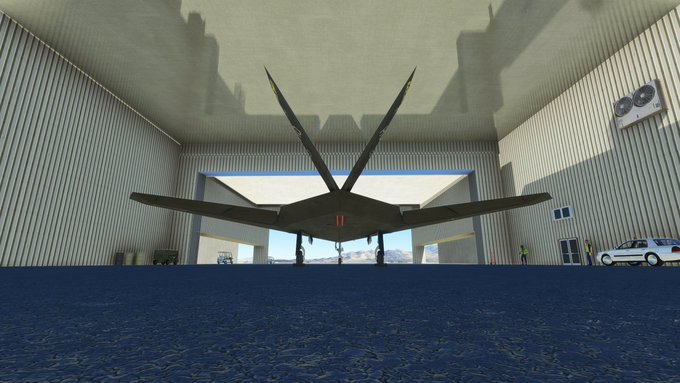
Given the technology at the time, Ufimtsev’s insight was dismissed as impractical in Russia. But by the 1970s, given friendly aircraft losses to SAMs (surface-to-air missiles) in Vietnam and the Middle East, engineers at Lockheed began taking the idea seriously.
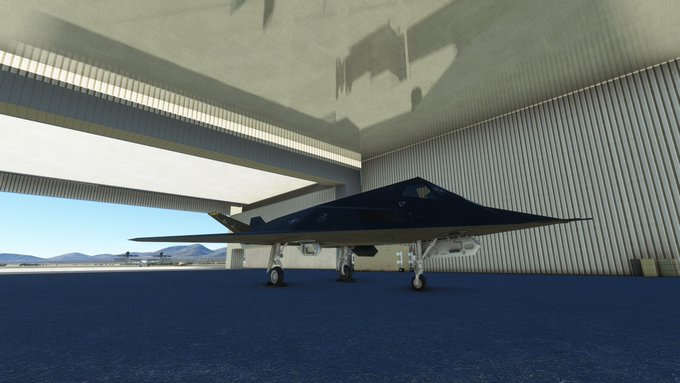
I’ve mentioned Lockheed’s “Skunk Works” aircraft design team in earlier threads on the P-38 Lightning and F-104 Starfighter.

One key to minimizing radar return was to replace conventional streamlined, rounded surfaces with flat, angled surfaces designed to scatter radar waves in different directions.
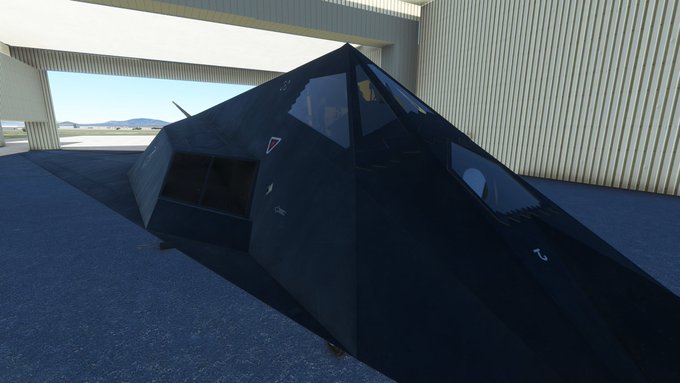
The wings would be swept back at a steep angle, like an arrow head, and the vertical stabilizer (tail fin) replaced by an angled V-tail, all to reduce its radar profile.
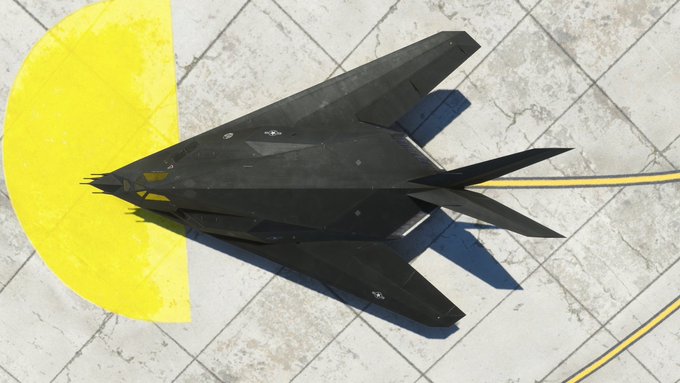
The two turbofan jet engines were placed above the wings, to shield their heat signature from the ground. The flat, reflective surfaces of the turbofan itself were shielded by an intake grill (to the right).
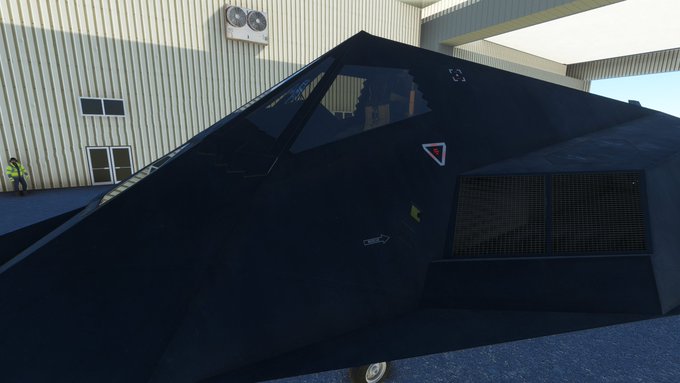
The engines have special exhaust ports in the rear to shield and minimize the heat released. The F-117 has no afterburners, to give it extra thrust, as this would defeat the purpose of non-detection.
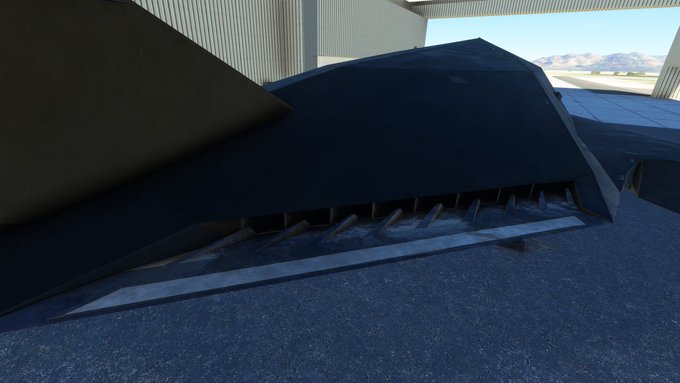
Instead of slinging weapons and bombs outside the fuselage, they are stored in an interior bay, safe from radar detection. Even opening the bay doors dramatically increases the F-117’s radar profile, so it must only be done for a few seconds over target.
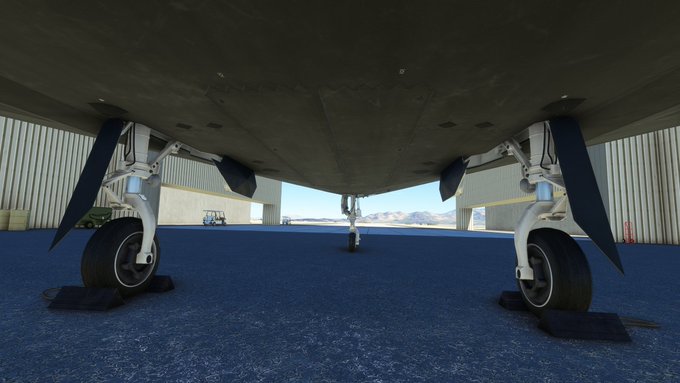
Additionally, the exterior surfaces of the F-117 are all covered in a special coating, designed to absorb and deflect radar waves.
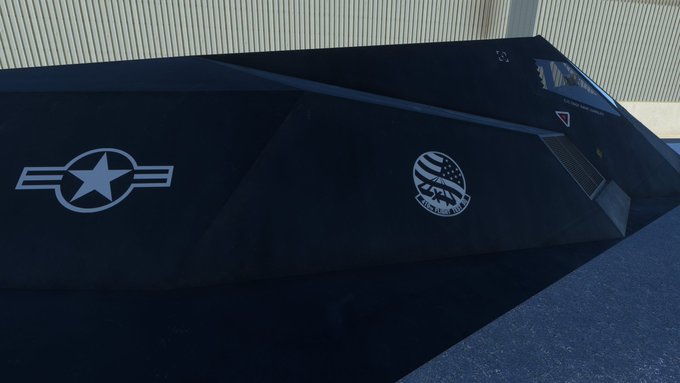
The fork-like prongs jutting from the front of the F-117 are sensors to detect airspeed, angle of attack, and other instrument readings.
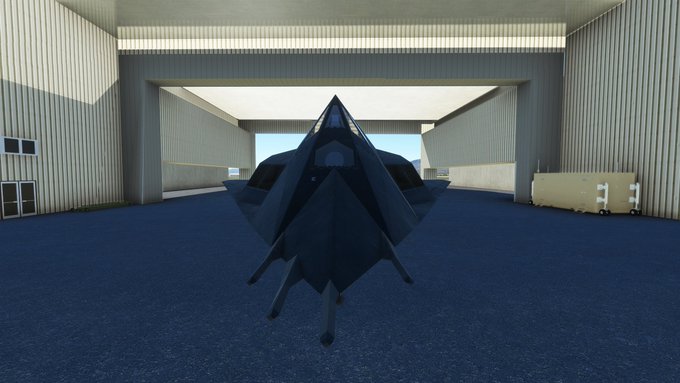
The F-117 has no radar, which would immediately give away its presence. The glass panel in front of the cockpit is an infrared “eye” which enables the pilot to see in the dark and guide bombs to their target.
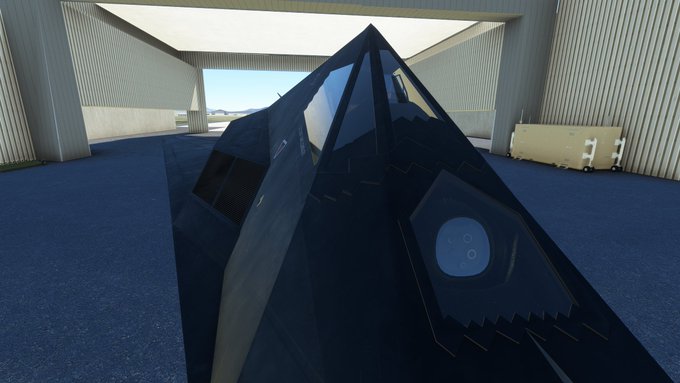
The windows of the F-117’s cockpit are ingrained with gold, which allows radar waves in but not out.
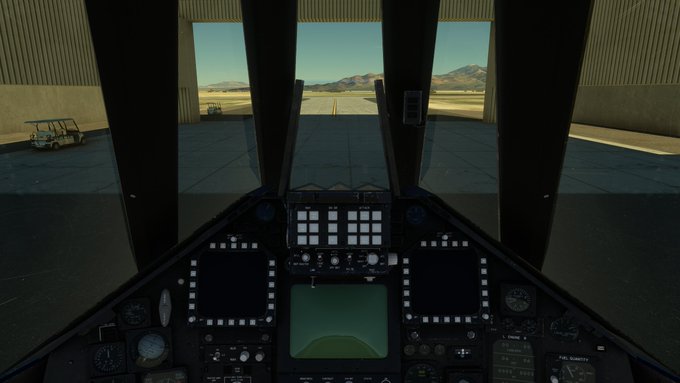
Examples of the F-117’s cockpit are now on display in museums. I’m assuming this is based on that, and that it’s fairly true-to-life. If so, it’s fairly similar to other single-pilot combat planes.
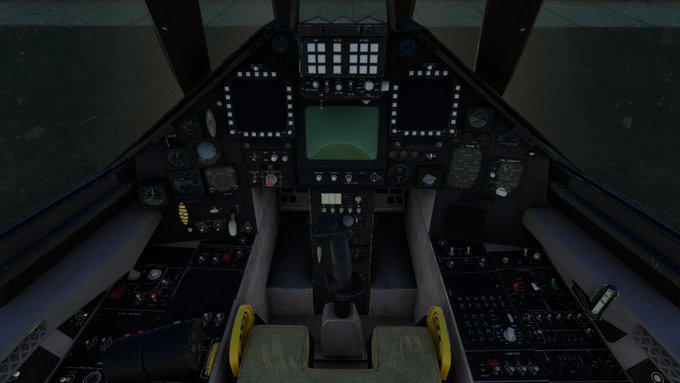
Okay, enough gabbing. I’ll explain more once we’re in the air. Let’s taxi for takeoff.
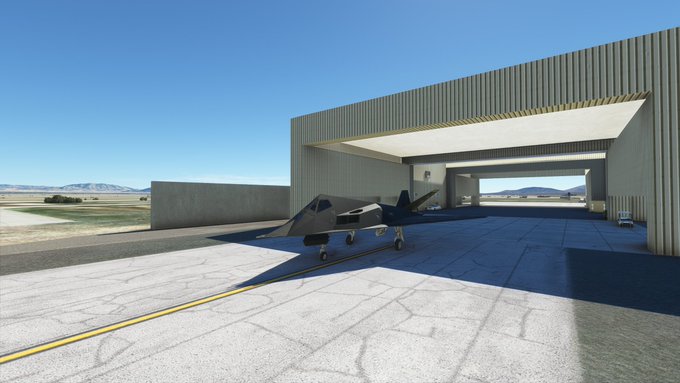
The thing is, I have no idea what the lift-off speed of the F-117 is. I’m just going to throttle up and assume it will want to fly at some point. The runway here at Area 51, where it was tested, has to be long enough, right?
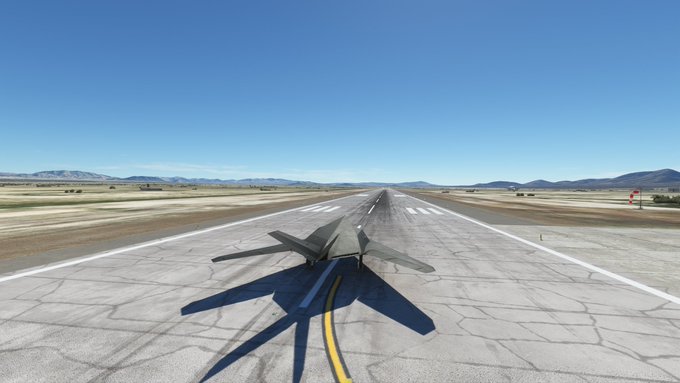
Initially a “black project” funded by DARPA, starting in 1975, Lockheed cobbled together two prototypes under the code name “Hopeless Diamond”, which first flew in 1977.
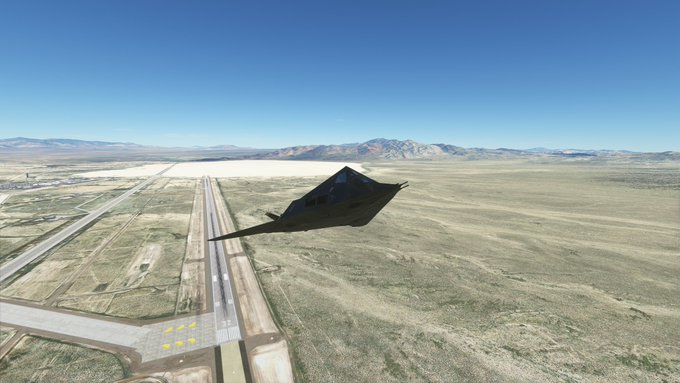
Although both prototypes crashed, the project was a sufficient success to proceed with a production model, which took its first flight from Area 51 in 1981. The first planes were delivered to the Air Force in 1982.
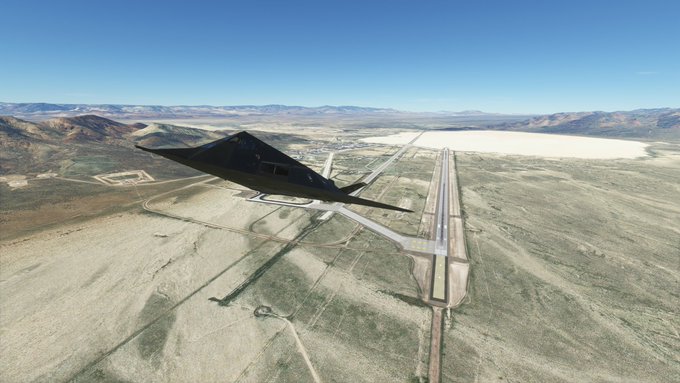
The radar-minimizing design features of the F-117 make it very unstable to fly. In fact, it can really only be flown with computer assistance, using a fly-by-wire system derived from the F-16.
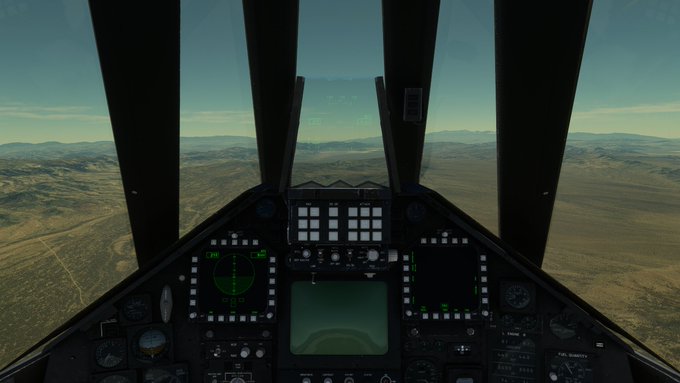
Because of its difficult aerodynamics, the F-117 quickly gained the nickname “Frisbee” or “Wobblin’ Goblin”.
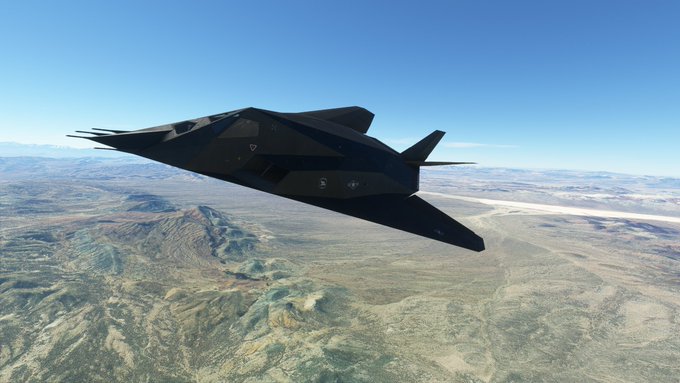
The shielding of its jet engines, and lack of afterburners, also means that the F-117 is subsonic (it cannot break the speed of sound), making it much slower than most conventional fighters.
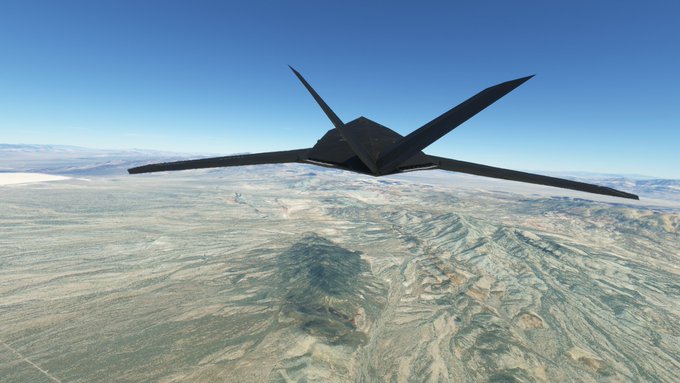
In fact, despite its designation, the F-117 is NOT a fighter, meant to intercept and dogfight with enemy planes. It has no guns, and though in theory it could carry air-to-air missiles, its lack of radar would render them fairly useless.
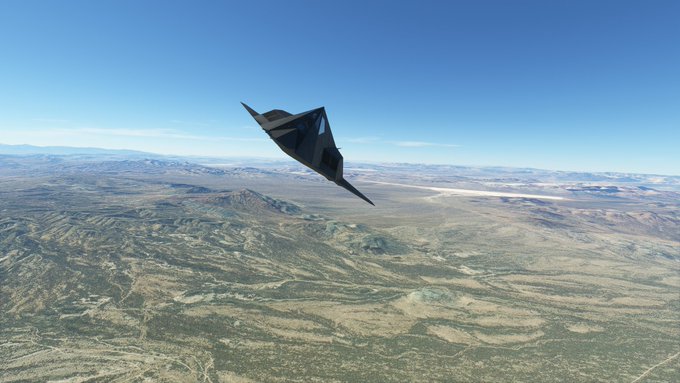
The “Stealth Fighter” is actually an attack aircraft or light bomber, intended to be used in covert missions or to evade air defenses, mainly under the cover of night.
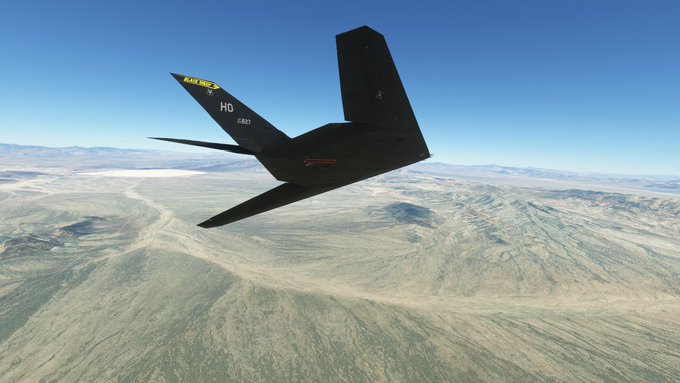
Some say that the “fighter” designation was used to attract pilots to the program who would normally have preferred flying fighters over bombers.
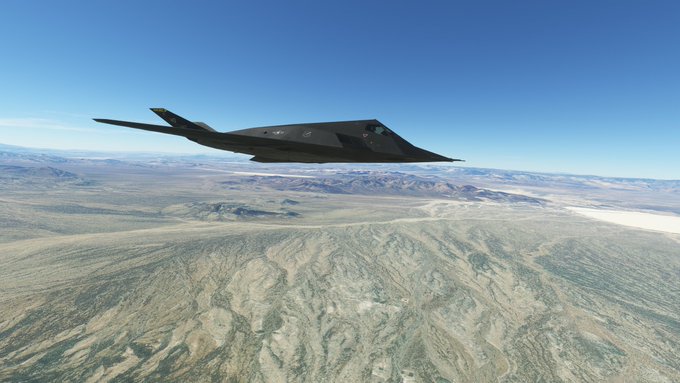
After testing at Homey, the F-117 was assigned to a special secret unit at Tonopah Test Range, also in Nevada. A total of 64 combat-ready planes were eventually built.
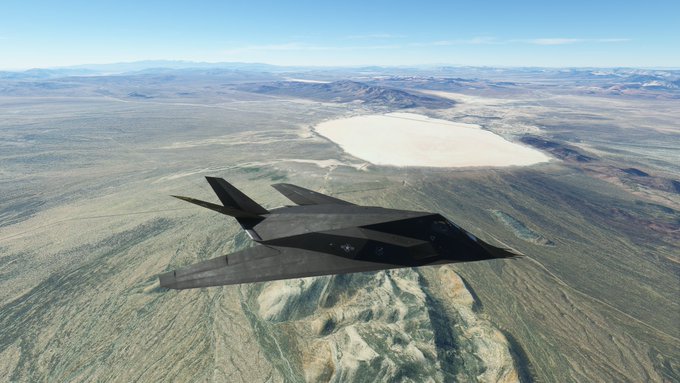
Throughout the 1980s, however, the F-117 was kept completely secret. While rumors and sightings of it abounded, the US government refused to confirm that any such airplane existed.
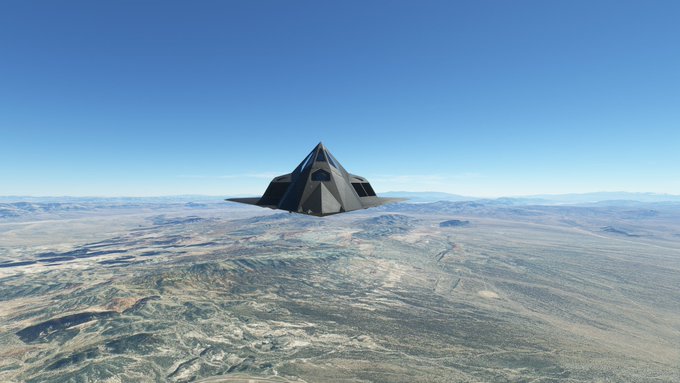
The first acknowledged use of the F-117 in combat was during the US invasion of Panama, to topple Manuel Noriega, in 1989.
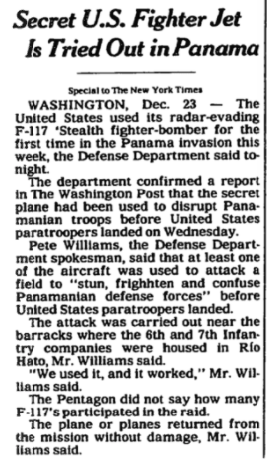
Before I elaborate on its combat history, I need to land this plane. There’s the airport at Area 51 off the my left.
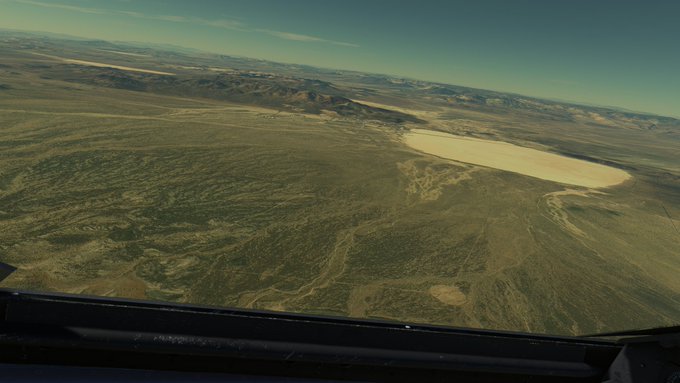
The F-117 doesn’t have any flaps or air brakes to slow it down. I pull the throttle back to nearly idle just to descend.
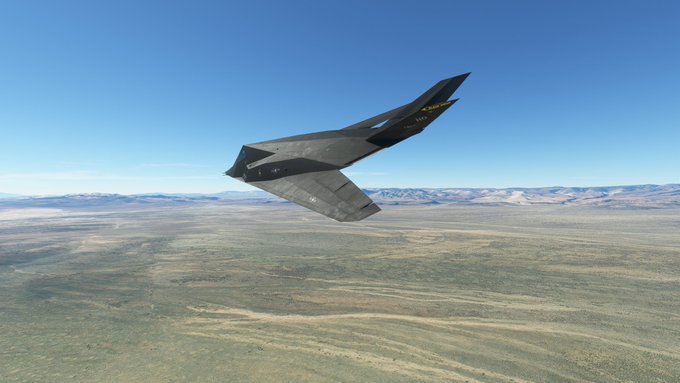
I’ve read that the F-117 lands very fast. But I don’t know what the stall speed is. Since the F-104 lands at around 200 knots, and the HUD seems to indicate I’m at the right angle attack, I’m guessing my current speed at 177 is okay.
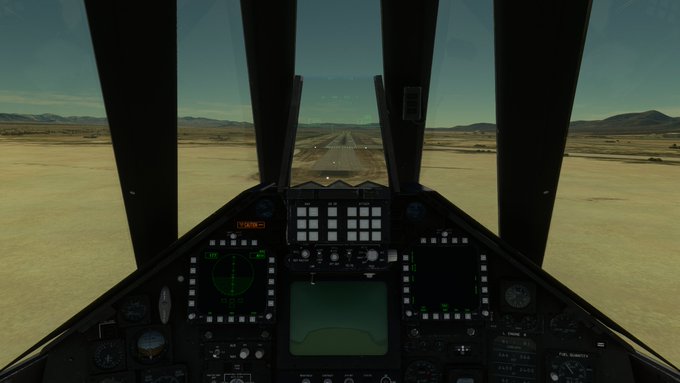
When I do land, just like in the F-104, I pull the handle next to the landing gear to deploy the parachute, to slow me down in time.
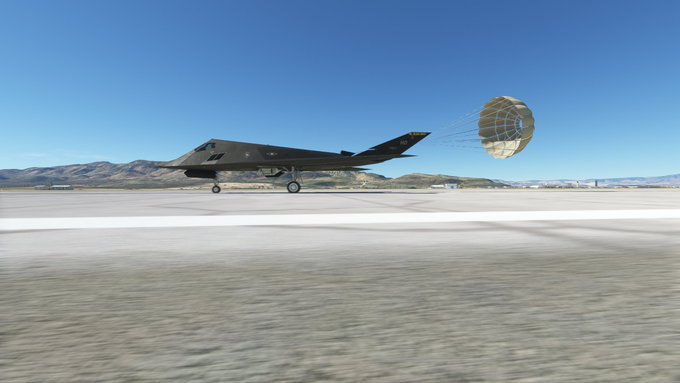
Any landing you can walk away from must be pretty decent. Now let’s talk about the known combat record of the F-117.
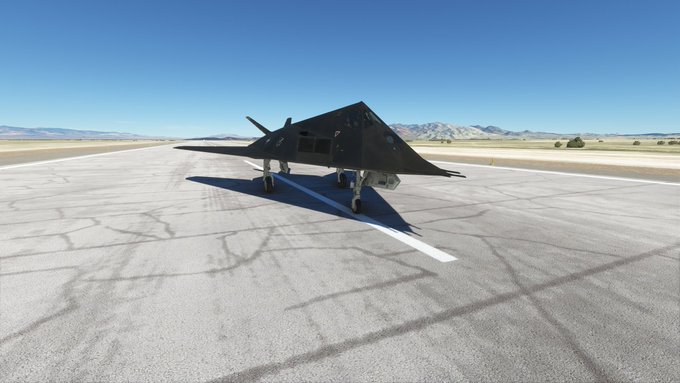
It’s 3:00am the morning of January 17, 1991. Just over a day since the coalition deadline for Saddam Hussein to withdraw his forces from Kuwait has expired. An F-117 flies over the desert just south of Baghdad.
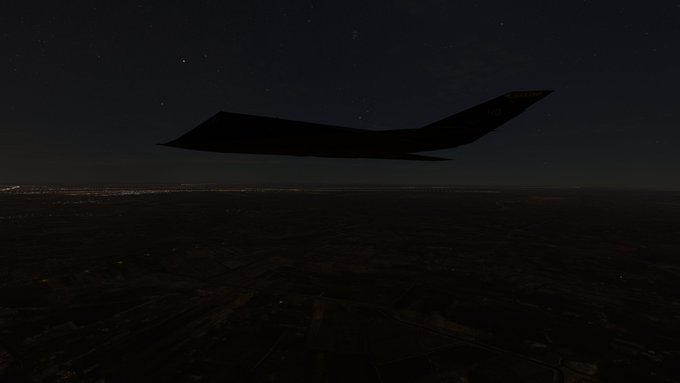
F-117s are leading the first strike of the coalition air campaign in the First Gulf War, aimed at taking out key command and control installations in the Iraqi capital.
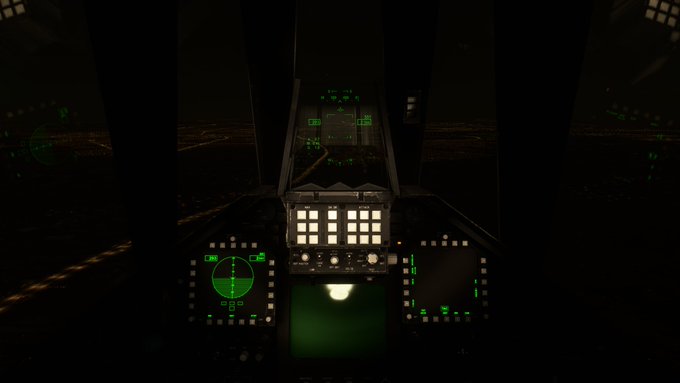
With a radar reflection the size of a golf ball, the F-117 glides silent and unseen over the bends of the Tigris River, towards its target.
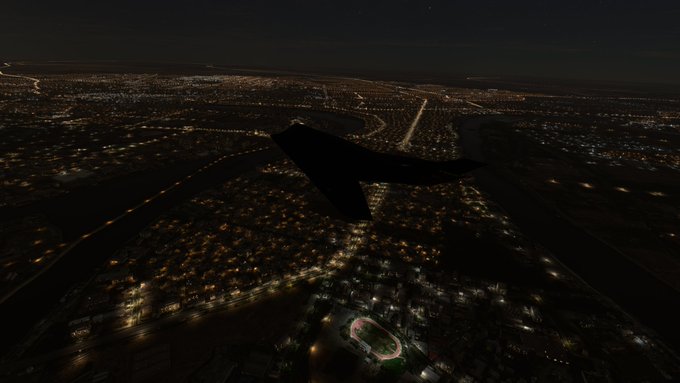
Meanwhile, Iraqi anti-aircraft guns fire blindly into the night sky – a scene I was watching unfold live on TV in my college dorm room.
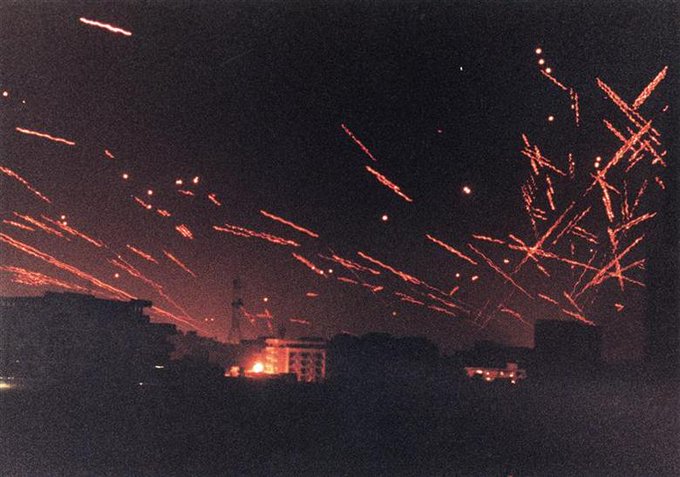
Combat losses for the F-117, that first night, were projected at 5%. In fact, every single one of them came back from their missions safely.
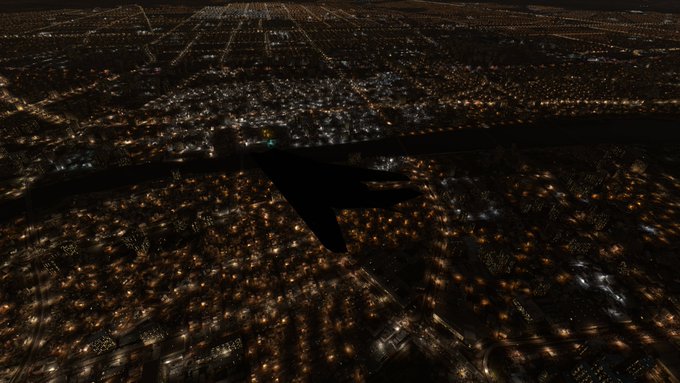
By the end of the First Gulf War, the F-117 had flown 1,300 sorties, hitting an estimated 1,600 high-value targets, with the loss of a single aircraft.
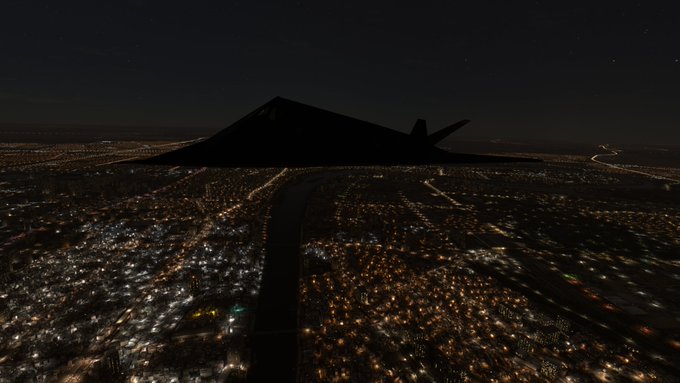
Though some of its performance may have been exaggerated – initial estimates of 80% target accuracy were scaled back to 40-60% – the F-117 became a leading symbol of the US technological edge that helped establish the US as the world’s sole superpower going into the 1990s.
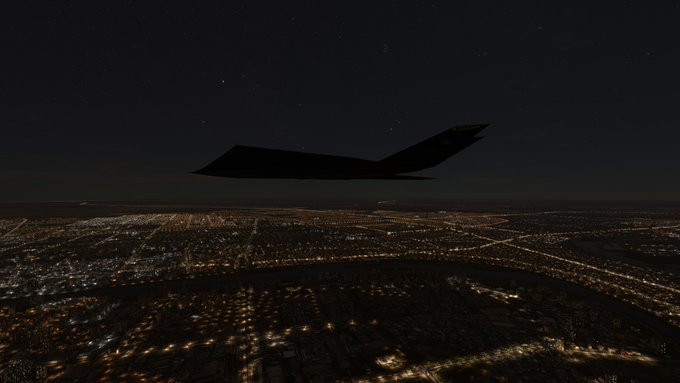
Fast forward to the evening of March 27, 1999. At Aviano Air Base in northern Italy, an F-117 prepares for another night of bombing Yugoslavia, as part of NATO’s intervention to compel Serbian forces to withdraw from Kosovo.
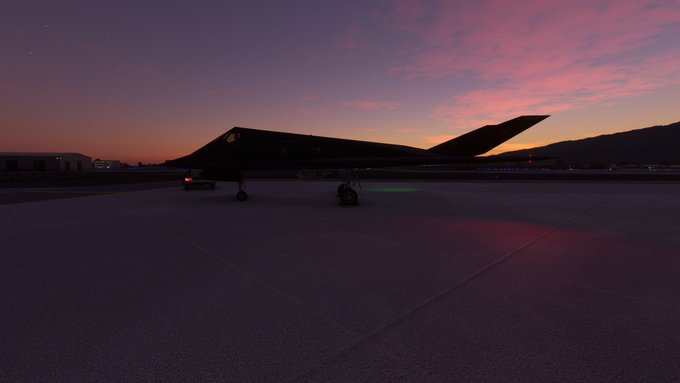
The aircraft, call sign “Vega 31”, is flown by Lt. Col. Darrell Patrick “Dale” Zelko, a Desert Storm veteran. His target tonight is a command-and-control center in downtown Belgrade, the Serbian capital.
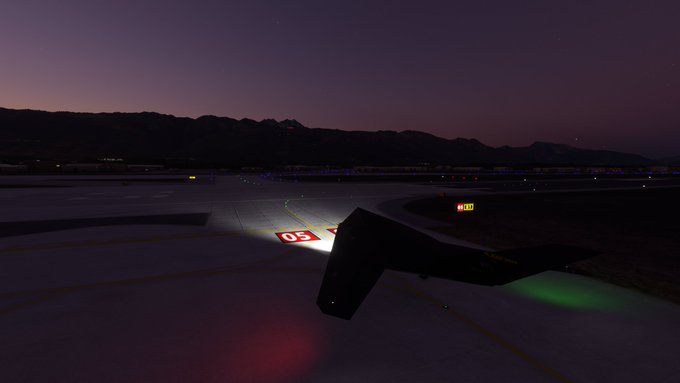
Along with several other F-117s on similar missions, he will fly east across Slovenia and Hungary, before refueling midair and turning south to enter Yugoslav airspace.
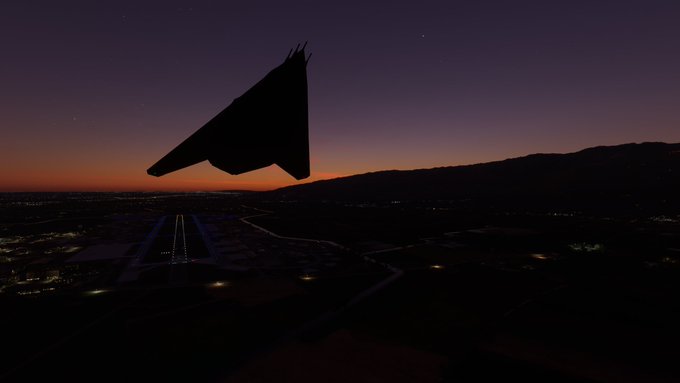
I’ve heard the story two ways. The first has him approaching Belgrade from the northwest and being picked up by Serbian radar as he opened his bomb bay doors – presumably before he could hit his assigned target.
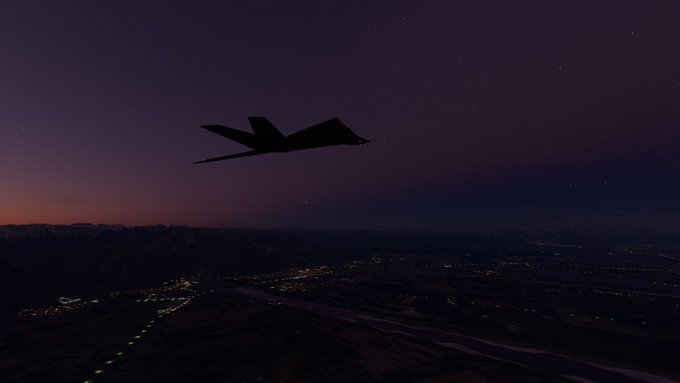
The second version, which the pilot himself tells – and which I’ll portray here – has him skirting Romanian airspace and coming towards Belgrade from the east.
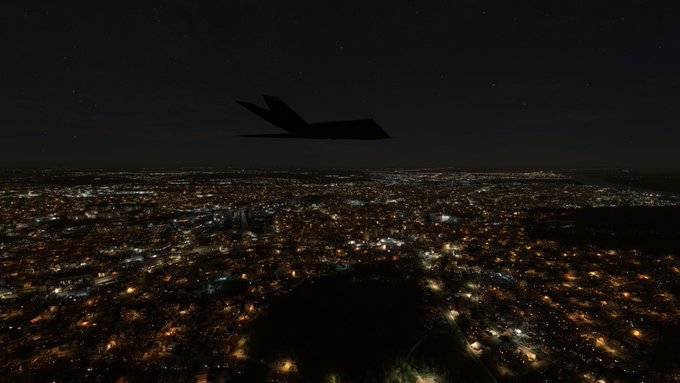
He dropped his bombs on target, then continued west to head back home.
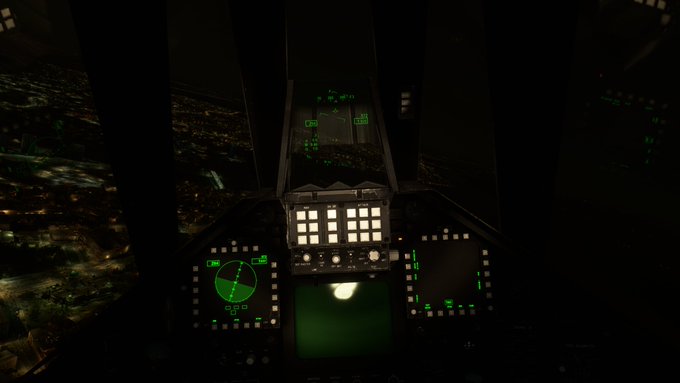
From what I can gather, he was actually quite a bit higher than I’m portraying here, and there was a cloud layer about 2,000 feet above the ground.
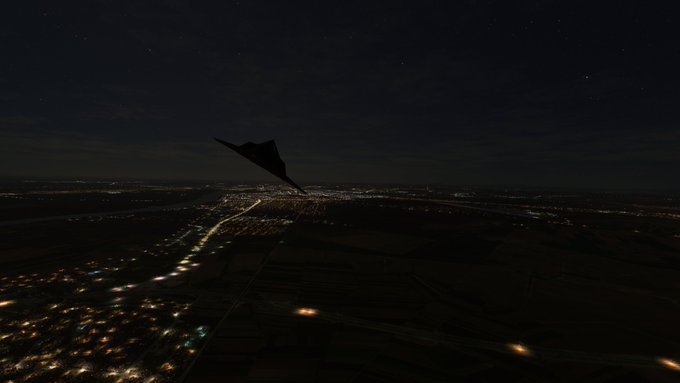
Just south of the two of Ruma, in the countryside west of Belgrade, a mobile S-125 Neva SAM unit detected the F-117, despite its stealth profile, and locked on.
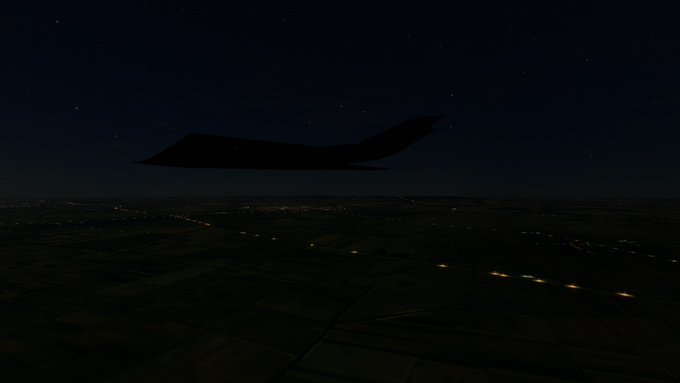
Two SAMs were fired. The first missed the cockpit by inches, and the proximity fuse somehow failed to trigger. The second hit one wing and sent the F-117 tumbling out of control.
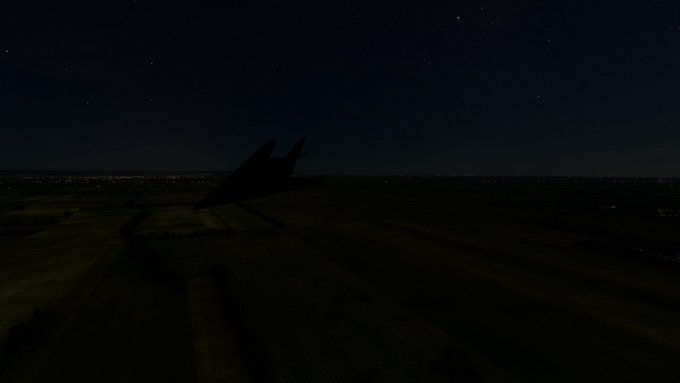
After an initial struggle, the pilot ejected, was able to evade Serbian ground forces, and was rescued by US helicopters. Years later, he met the man who commanded the SAM unit that shot him down, and the two became friends.
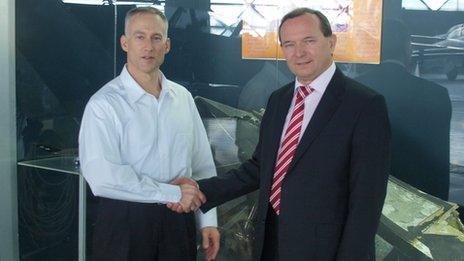
Interestingly, the US did not take any steps to destroy the wreckage of the downed F-117. The official reason given was that the technology was already out-of-date and there was no reason to fear it falling into enemy hands.
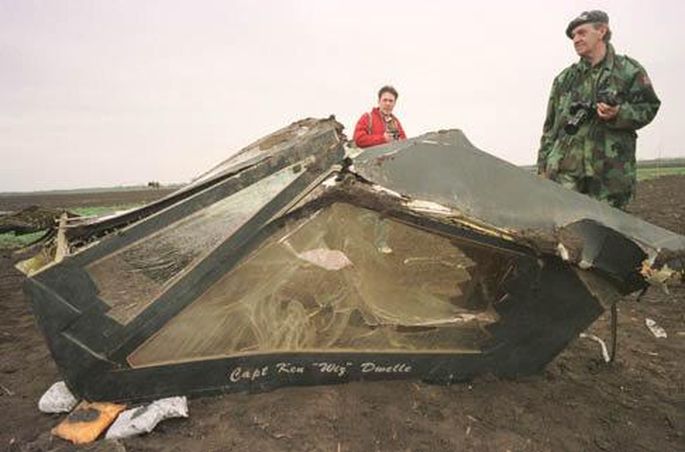
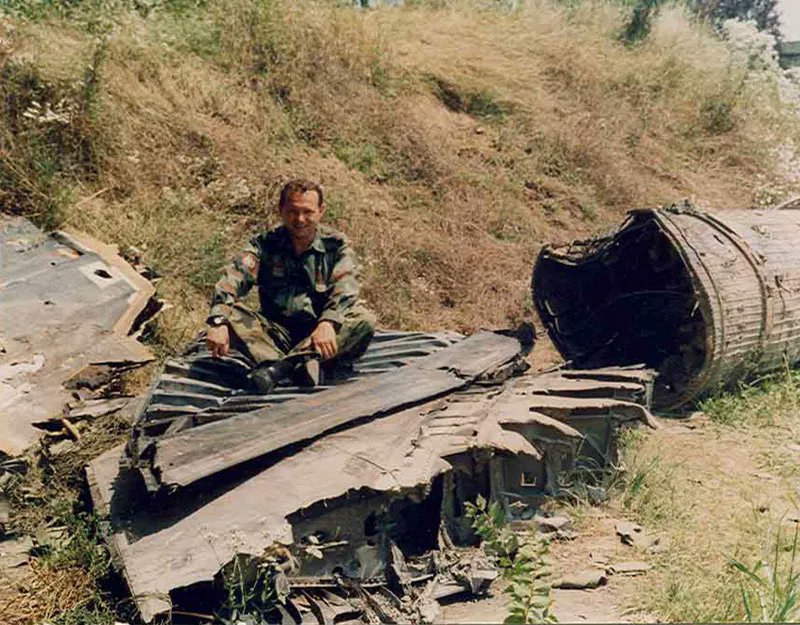
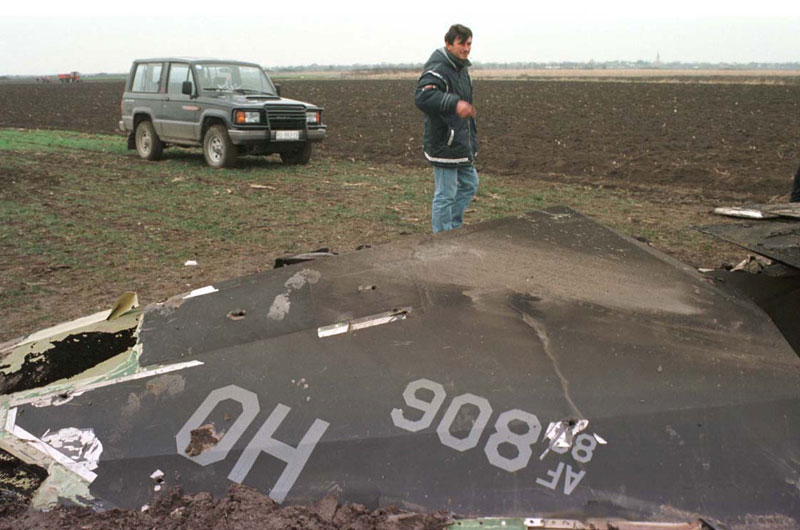
The F-117 Nighthawk was used in 2001 in Afghanistan, and again in 2003 over Iraq. But it became increasingly clear that it was nearing the end of its useful days, soon to be replaced by newer aircraft like the F-22 and F-35 that incorporate further advances in stealth technology.
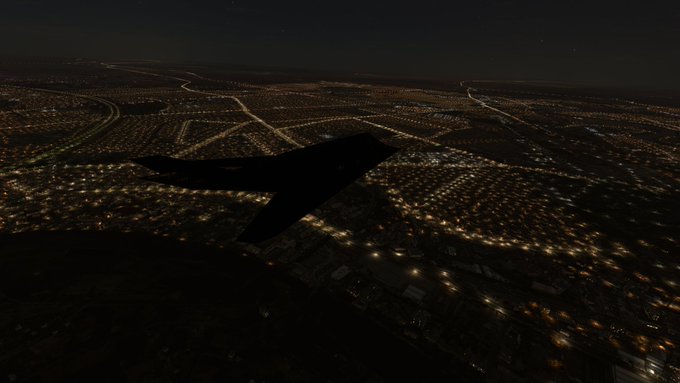
In 2006, the Air Force announced that it was retiring the F-117, and began putting the fleet into mothball storage. A few went to museums, and others began being scrapped.
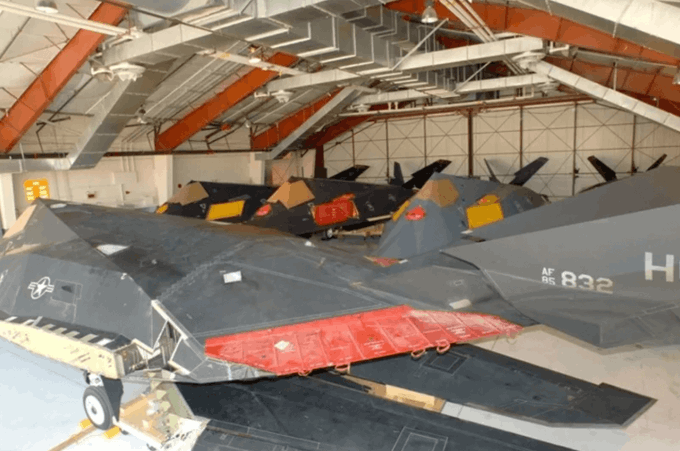
However, in recent years, there have been a number of sightings of F-117s flying near Edwards Air Base, near Death Valley. Some were reportedly painted greyish white, earning them the name “ghosts”.
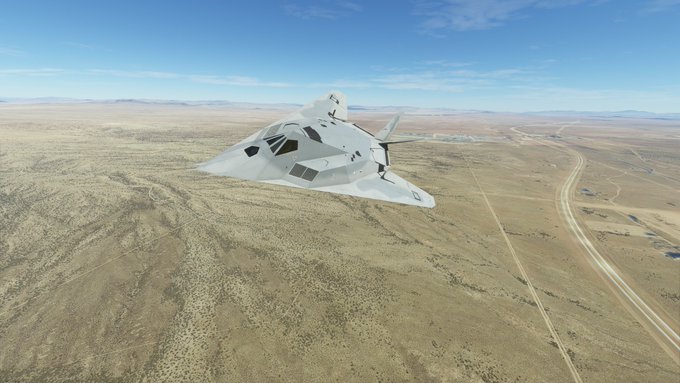
It is widely suspected that these F-117s are taking part in exercises designed to train pilots to detect and intercept enemy stealth aircraft.
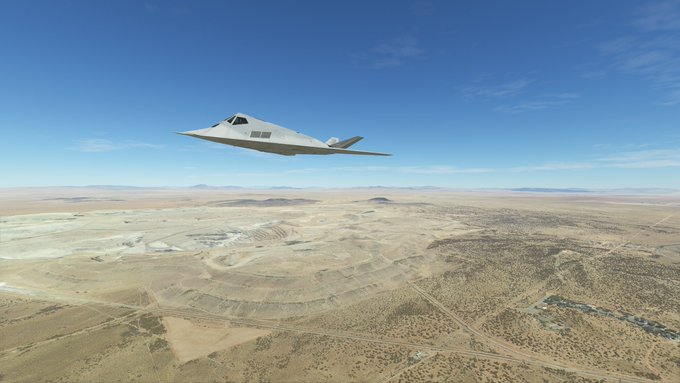
For fans of the iconic “Stealth Fighter”, it’s gratifying to know that some of them still appear to be flying.
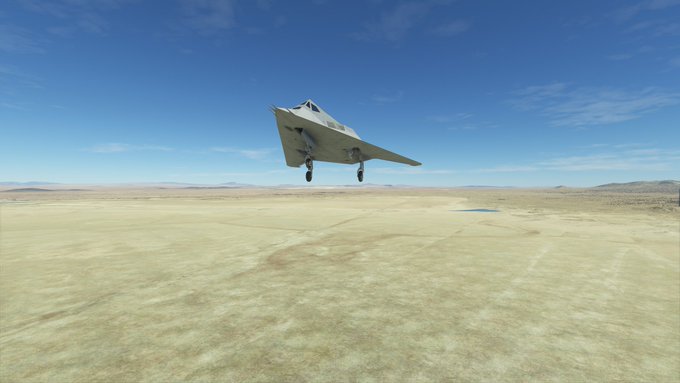
In its entire operational life, there was only one known shootdown of an F-117. Its time may have passed, but that’s a remarkable record.
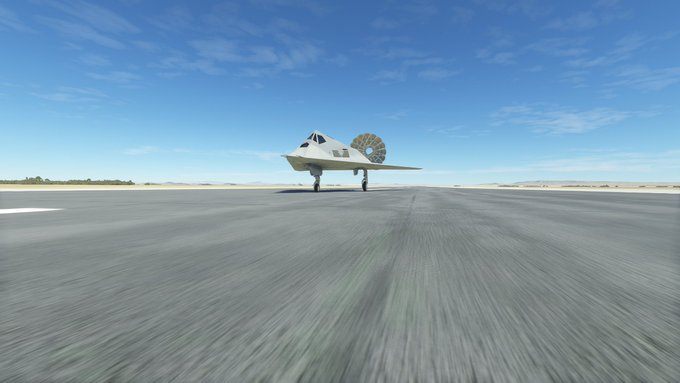
I hope you’ve enjoyed this thread, and if there’s anything interesting that I’ve left out about the F-117 “stealth fighter”, please let me know!
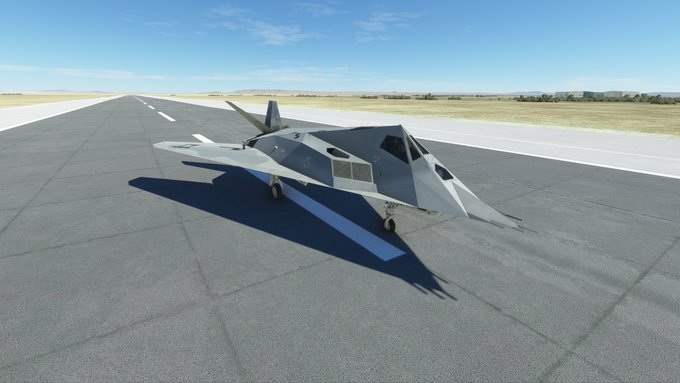
Very nice article on my favorite aircraft. I’ve been to see the one on display at KPSP and I own the plane in MSFSF2020.